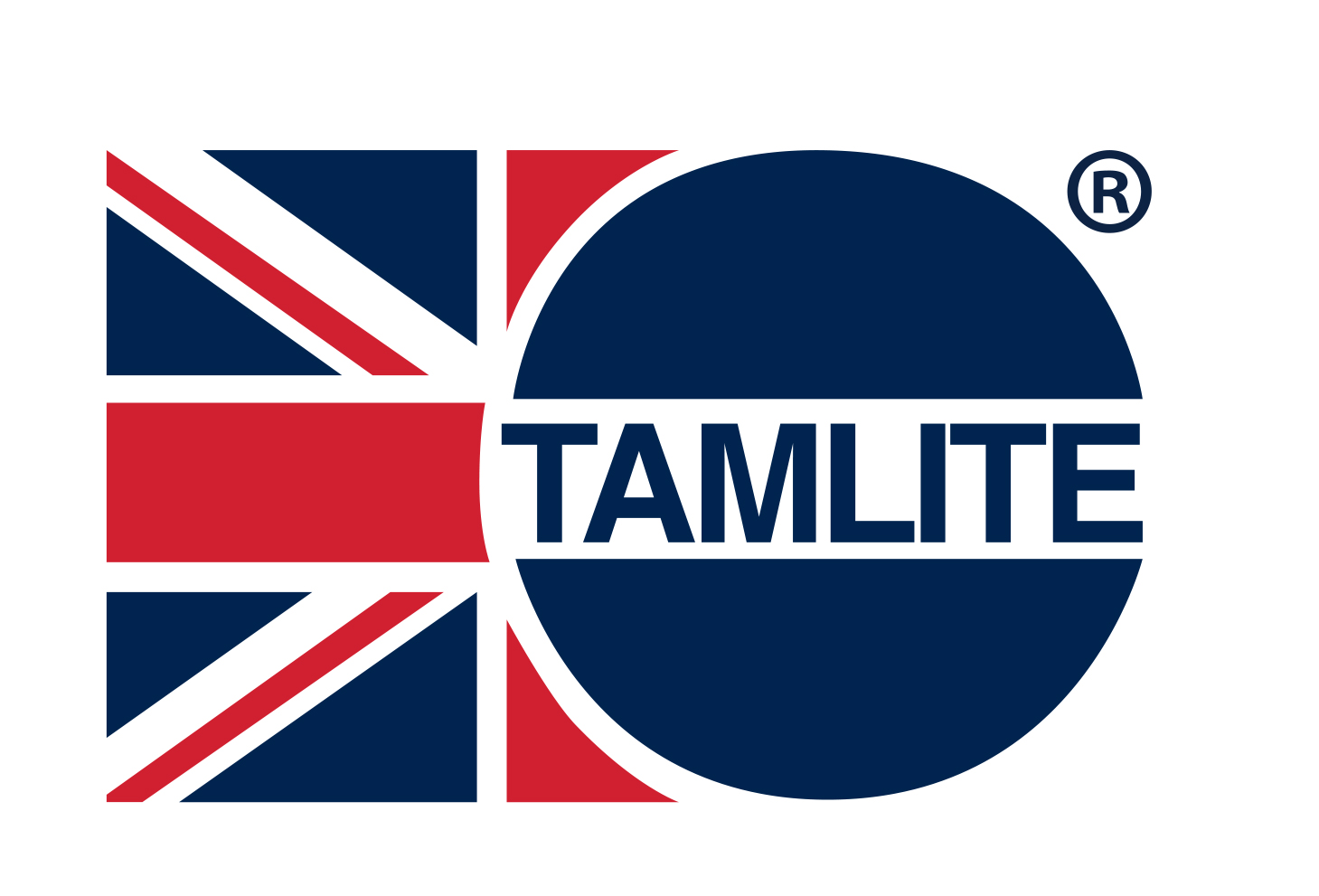
External lighting can greatly enhance the outdoor environment and can extend the use of an area or activity well into the evening, contributing to a real and perceived sense of security at night, enhancing the night-time experience for visitors and residents alike. Urban lighting applications have a particularly important role, not only for safety and accessibility but also by significantly impacting the quality of night-time life for residents and visitors. More broadly, sensitive exterior lighting can instil a feeling of civic pride and may be usefully employed to contribute to the regeneration of urban areas.
Proper optical control is fundamental to ensuring luminaire performance. Optic types will vary depending on the application and any specific requirements of the users and the climate. For internal lighting, diffusers are the most common form of optical control, positioned in front of the light source to deliver specific directional control or to moderate the intensity of illumination. However, diffusers are not typically used for exterior projects. Most external luminaires will include reflectors and lenses, with either a clear glass protecting a lens or simply a flush lens. Lighting designers must choose the correct optical control to suit the requirements of the space and those of the users of the immediate vicinity, and the adjoining, possibly distant, spaces.
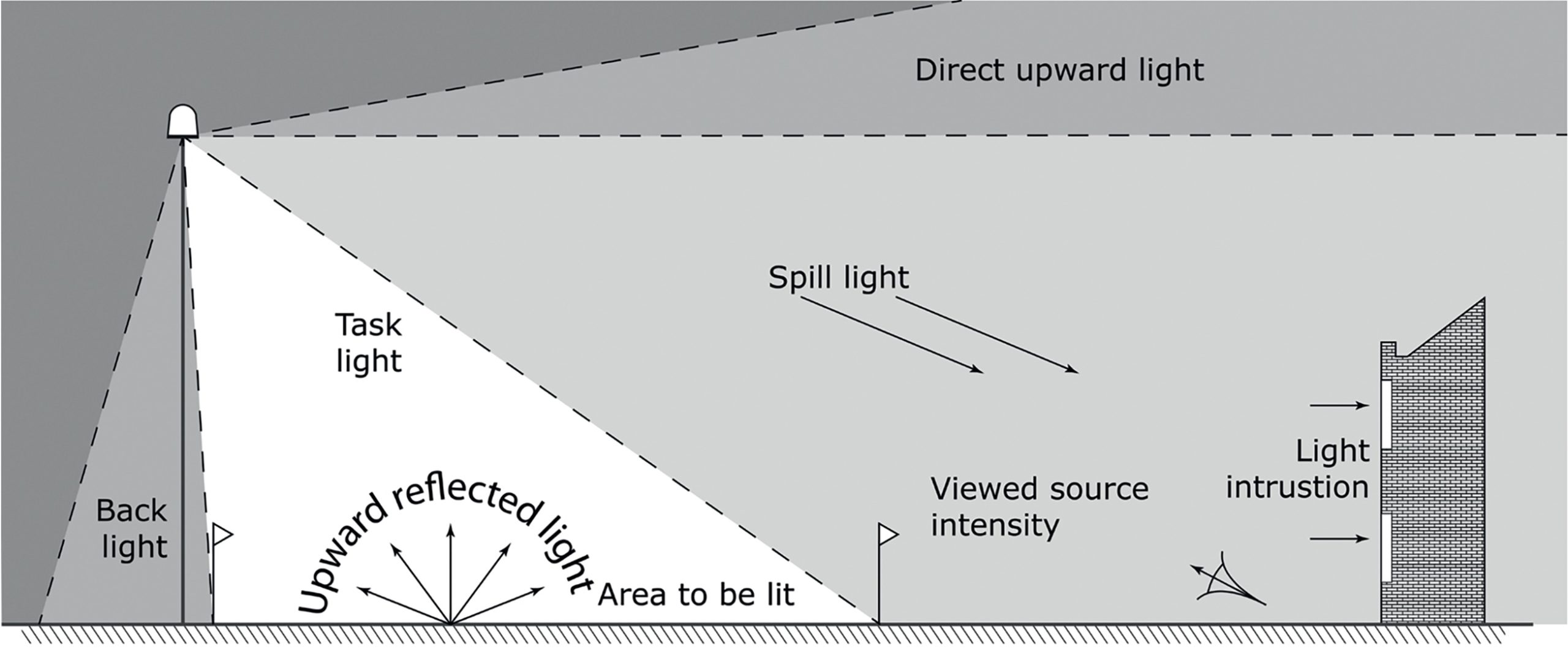
Figure 1: Categories of intrusive light (Source: ILP Guidance Notes 01/212)
As explained by Boyce in the SLL Guide to limiting obtrusive light,1 outdoor lighting that is obtrusive cannot be considered as good quality. Obtrusive lighting exists when people complain about ‘sky glow’, light trespass or glare caused by the installation. ‘Sky glow’ is the increase in the luminance of the sky at night above that produced by natural sources such as moonlight. It is diffuse and can affect people over great distances. Many people complain about sky glow, such as optical astronomers, those concerned with the effect on flora, and members of the public who like to be able to see the night sky. Conversely, it is considered an attribute by some people – for example, in terms of enhancing safety and security; for emphasising the presence of a location or business; or simply by adding to the night-time environment.
‘Light trespass’ (alternatively described as ‘light intrusion’, as illustrated in Figure 1) is a local phenomenon where a significant amount of light crosses a property boundary and impacts on the ability of the property owner to enjoy the use of their property – such as where a nearby streetlight shines through a bedroom window. In the UK, light
is recognised as potential statutory nuisance in the Clean Neighbourhoods and Environment Act (2005), although some facilities are exempt.
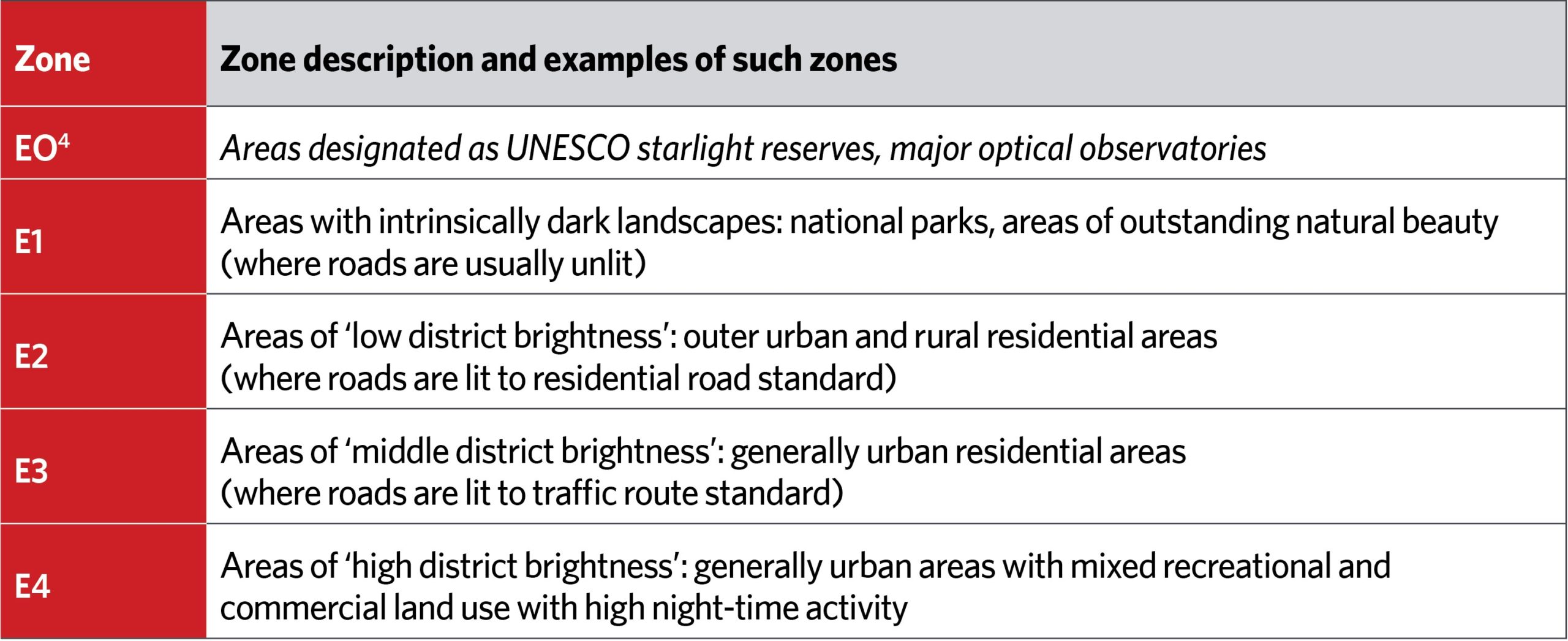
Table 1: Environmental lighting zones1
Both disability and discomfort ‘glare’ may be caused by the brightness of a light source when compared with its background. The fuzzy separation between disability and discomfort glare is such that disability glare can unexpectedly also cause visual discomfort, and discomfort glare may (possibly after some duration) impact visual performance. LED lamps generally only emit light in a 180° cone, changing the nature of the optical design from traditional exterior light fittings. LEDs are also much more likely to cause glare than a traditional low-pressure sodium lamp that has a comparably large surface area and optic. Precise optical control is the key element in minimising or reducing glare from small sources such as LEDs.
The impact that the correct optical control can have on these is significant, reducing discomfort, discontent, and distractions for the public, but also limiting the effect of lighting on flora and fauna.
As noted in SLL LG06,3 in addition to the visual impact, there are a number of other aspects that need to be considered in the development of any external lighting design: the creation of a safe and pleasant environment; the appropriate use of energy; ease of maintenance; countering the threat of vandalism; and harmonising the appearance of the lighting equipment with its surroundings. Environmental assessments of lighting systems are necessary to determine environmental performance, reduction or elimination of the negative impact caused by lighting, energy consumption and CO2 emissions (as well as considering waste management of the lamps and luminaires). The optics of the luminaire will impact the ability to illuminate only areas that are intended, minimising wasted energy and reducing operational environmental impact.
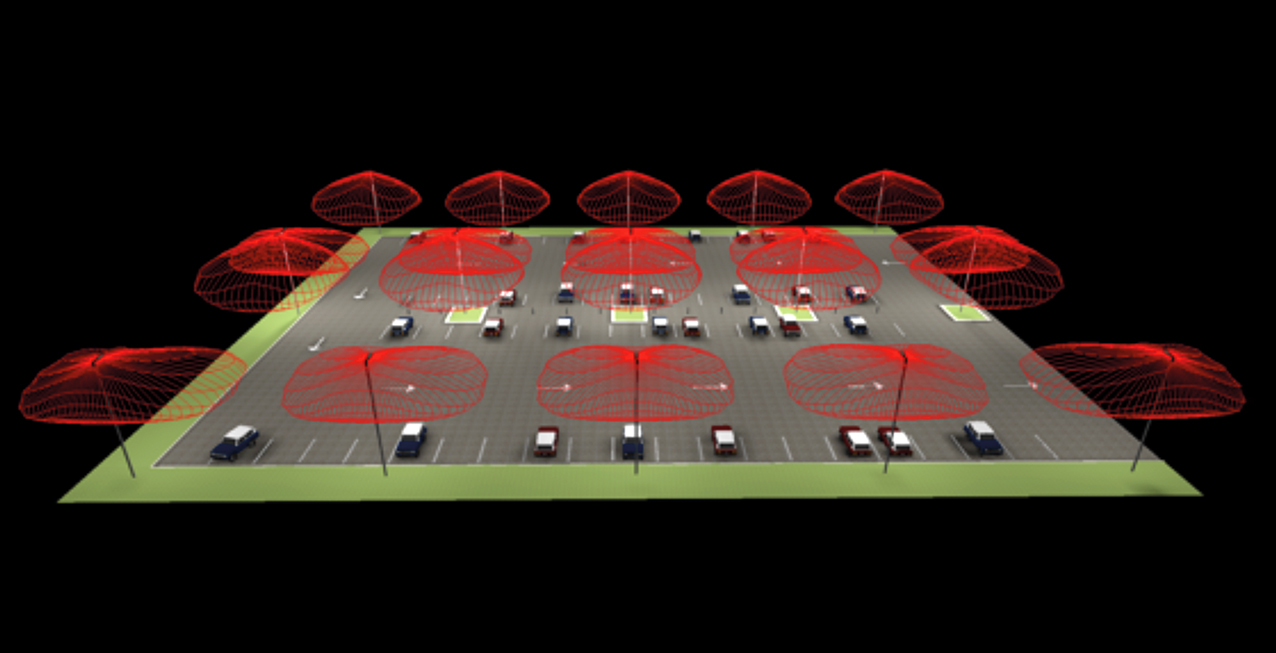
Figure 2: Example scheme for external car park, based on 12m height at 23m x 35m spacings
Much of the guidance on the metrics used to select appropriate exterior lighting that avoids obtrusive light derives from the publication CIE 150.4 This includes sections that consider the effects and the light parameters for residents (the public), transport system users (including road, marine, waterway and air), sightseers and astronomical observations. It includes useful checklists of considerations that should be included when assessing potential obtrusiveness, and how variations in installation parameters are likely to affect the impact of lighting. To assist in assessing suitability of designs, environmental lighting zones are defined in CIE 150, which are used as the basis of the recommendations in the ILP and SLL guidance (as shown in Table 1).
Issues such as brightness, direction and context need to be considered in the development of the external lighting design to ensure that light pollution and light spill is avoided. The spill of light into areas of nature, such as trees, bushes, plants, and woodland, can cause unknown effects to animals and foliage (as widely reported recently in the popular press, following the publication
of the paper by Boyes et al – see panel ‘Lighting impacts on insects’).
Lighting impacts on insects
The recent paper by Boyes et al5 reports that night lighting has wide-ranging negative effects on insects across their life-cycles, including inhibiting adult activity, increased predation, and disrupted reproduction.
The long-term consequences of light-emitting diodes (LEDs) are still unknown, but it is predicted that white broad-spectrum LEDs have greater potential for ecosystem disruption, based on the visual sensitivities of many taxa, including nocturnal insects. Studies suggest that narrower-spectrum lighting (such as sodium lamps, which emit mostly yellow light) may be less harmful to biological processes.
In LG06, it is noted that there is a tendency to choose a luminaire with the highest light output ratio (LOR) on the assumption that this will be the most efficient. This may be an incorrect assumption. Although controlling and directing light inevitably reduces LOR, this would normally light the space more effectively because spill and nuisance light is kept to a minimum. A more appropriate metric is the utilisation factor of the luminaire as it applies to a specific application – that is, the proportion of the luminous flux from the lamp that reaches the desired location. Most outdoor lighting luminaires have optics that develop a bilaterally symmetric distribution, where the light emitted from the ‘left’ of the axis is identical to the light emitted from the ‘right’.3 However, many exterior designs require that light is directed in different directions from each axis. Asymmetrical distribution concentrates the light in specific directions, so as to not illuminate unintended areas with obtrusive light.
Boyce1 notes that, typically, advice given to reduce obtrusive light is to use a fully shielded luminaire, which emits no light directly above the horizontal plane through the luminaire. Fully shielded luminaires normally have the aperture through which the light is emitted sealed by a transparent, flat lens. (Luminaires where the lens drops below the plane of the aperture are not fully shielded and will emit some light above the horizontal.) A fully shielded luminaire may be effective in reducing sky glow but offers no guarantees regarding light trespass and glare. To reduce sky glow, the fully shielded luminaire must be mounted horizontally; however, light reflected from the illuminated surfaces is still likely to be a major contributor to sky glow.
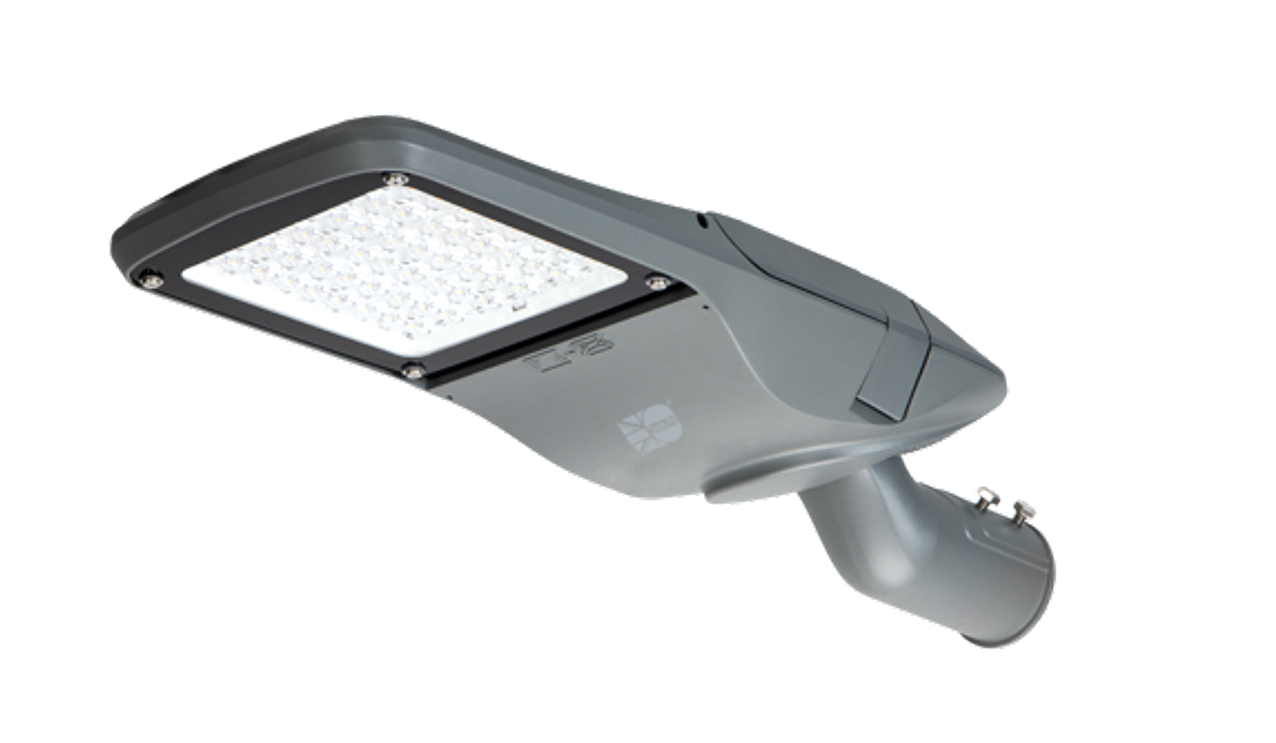
Figure 3: An example of a luminaire with no backlight that is used on the perimeter of the car park shown in Figure 2
The advice to use fully shielded luminaires considers the luminaire in isolation and not as part of a lighting system. This can be a problem when the luminous intensity distribution of the fully shielded luminaire is narrower than a less-constrained luminaire, necessitating closer spacing between luminaires to achieve the required uniformity of illumination, resulting in a more expensive installation in both financial and energy terms. Optics play a vital role in not only distributing light effectively, but also efficiently. The correct use of optics in exterior lighting will maximise the spacing in between each luminaire. Maximising spacing will reduce cost of the scheme (fewer luminaires purchased) and reduce energy consumption.
Optics can also ensure that only the required areas are illuminated, with no backlight or spill (as illustrated in Figure 1). With enhanced illumination control, the space may be utilised more efficiently. For example, BS 5489-9:1996 Road lighting – Part 9: Code of practice for lighting for urban centres and public amenity areas6 reaffirms that containing lighting within the curtilage of car parks, such as that illustrated in Figure 2, is important for both energy saving and to avoid light pollution. This would require carefully selected luminaires, most with asymmetric optics, with the front glazing kept at, or near, horizontal and so parallel to the ground.
It is important that the form of the luminaire always fits with the character of its surroundings, and to ensure beam angles are set correctly. Higher mounting heights allow lower main beam angles, which can assist in reducing glare. In rural areas, the use of full horizontal cut-off luminaires installed at 0° tilt will, in addition to reducing sky glow, also help to minimise visual intrusion within the open landscape. However, in some urban locations, luminaires fitted with a more decorative bowl and good optical control may well be acceptable and more appropriate.
Lighting calculations are invariably performed by software tools. However, the accuracy of the result will be determined by the quality of the input data. Where performance is critical – such as in the avoidance of glare, overspill light or illuminance over a small area – it is important that the original photometry has been measured with sufficient accuracy. Photometric data must be appropriate for the optical combination of light source type, source position and reflector/refractor. If in doubt, ask the manufacturer.
One of the advantages of LED lighting over traditional high-intensity discharge products is that it can be dimmed. Thus, instead of always lighting an empty street or car park at full brightness, LEDs can be turned down, or off, when they aren’t needed and then brought back to full brightness as necessary. This feature both saves on energy and reduces light pollution during the night and at times when lighting must be restricted (often referred to as times of ‘curfew’).

Figure 4: An example of a luminaire with symmetric polycarbonate micro-optic with glass cover that could be employed in the core zone of the car park shown in Figure 2
As noted in SLL LG06, the ultraviolet (UV) radiation in sunlight can have a dramatically detrimental effect on plastics, and polycarbonates can yellow within a short space of time. This is exacerbated where they are used as the front cover of a luminaire, since the yellowing causes the polycarbonate to absorb more heat from the lamp, causing it to degrade even faster. Acrylics, such as polymethyl methacrylate (PMMA), are affected to a lesser extent. Some polymer materials used in outdoor luminaires can ‘outgas’ for the first few hours of use, causing a film on the cover glass and reflector. This can normally be removed using an appropriate cleaner.
A competent lighting designer, with appropriate experience, will not only ensure an efficient and effective design – so minimising potentially obtrusive aspects – but will also understand the operational requirements of the lighting installation.
The risk of deviating from the specification for lighting designs presents a problem across the whole supply chain and can have a particularly significant impact when considering the design of luminaire optics. Alternative optics may appear similar to those specified by the lighting designer but still not be able provide an equivalent performance. This can easily result in an inadequate solution, as optics are challenging to review based on photometric images. This can subvert not only the intent to provide an effective and efficient lighting solution but also blight a whole development, since the impact of lighting reaches far beyond that of simple illumination.
© Tim Dwyer, 2021.
References:
- Boyce, P, Guide to limiting obtrusive light, CIBSE SLL, 2012.
- ILP Guidance Note GN01/21 The Reduction of Obtrusive Light, Institution of Lighting Professionals 2021.
- SLL LG06 Lighting Guide 6: The exterior environment, CIBSE SLL 2016.
- CIE 150:2017 Guide on the limitation of the effects of obtrusive light from outdoor lighting installations, 2nd edition, International Commission on illumination.
- Boyes, DH et al, Street lighting has detrimental impacts on local insect populations, Science Advances, August 2021.
- BS 5489-9:1996 Road lighting – Part 9: Code of practice for lighting for urban centres and public amenity areas.
